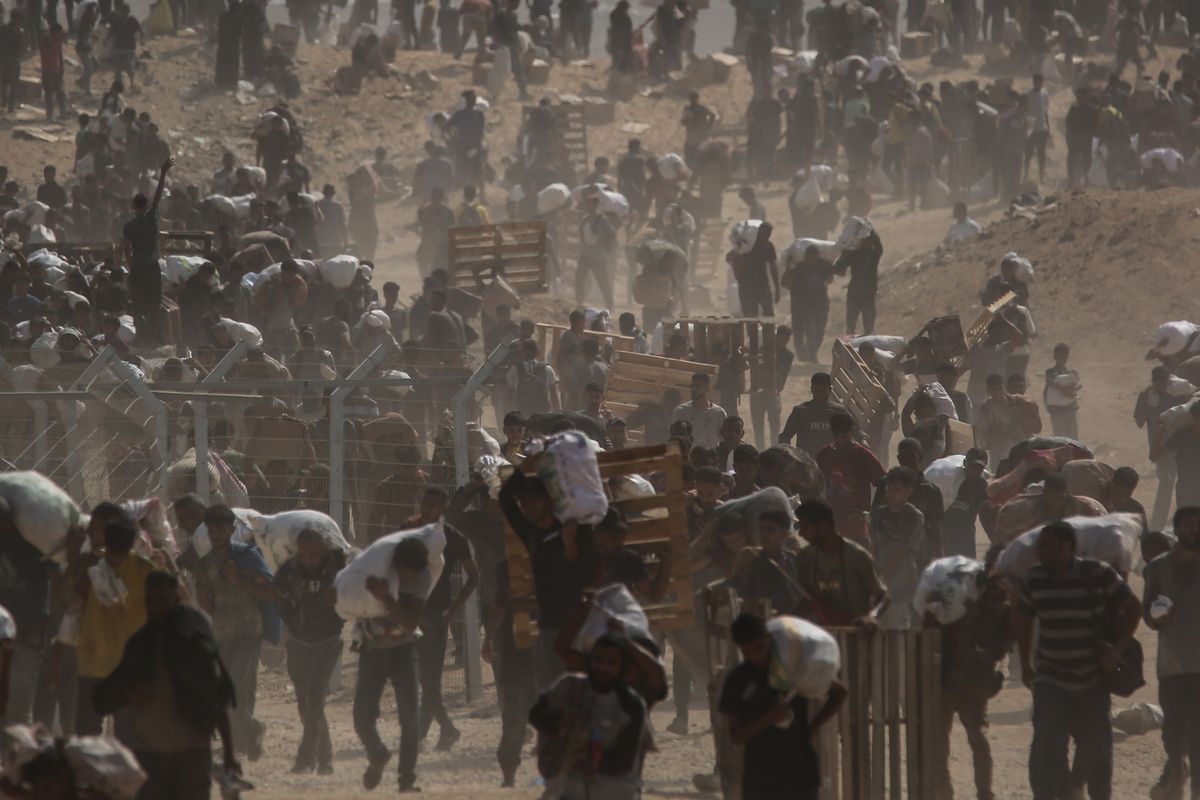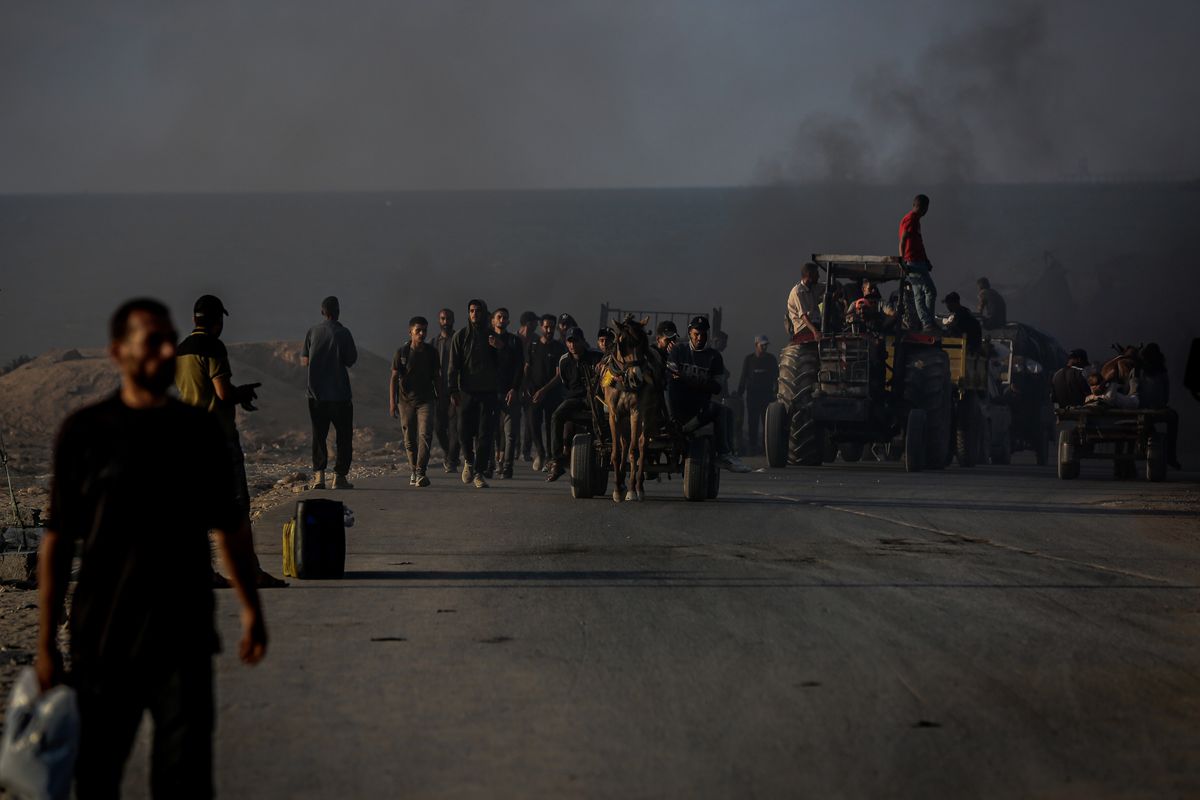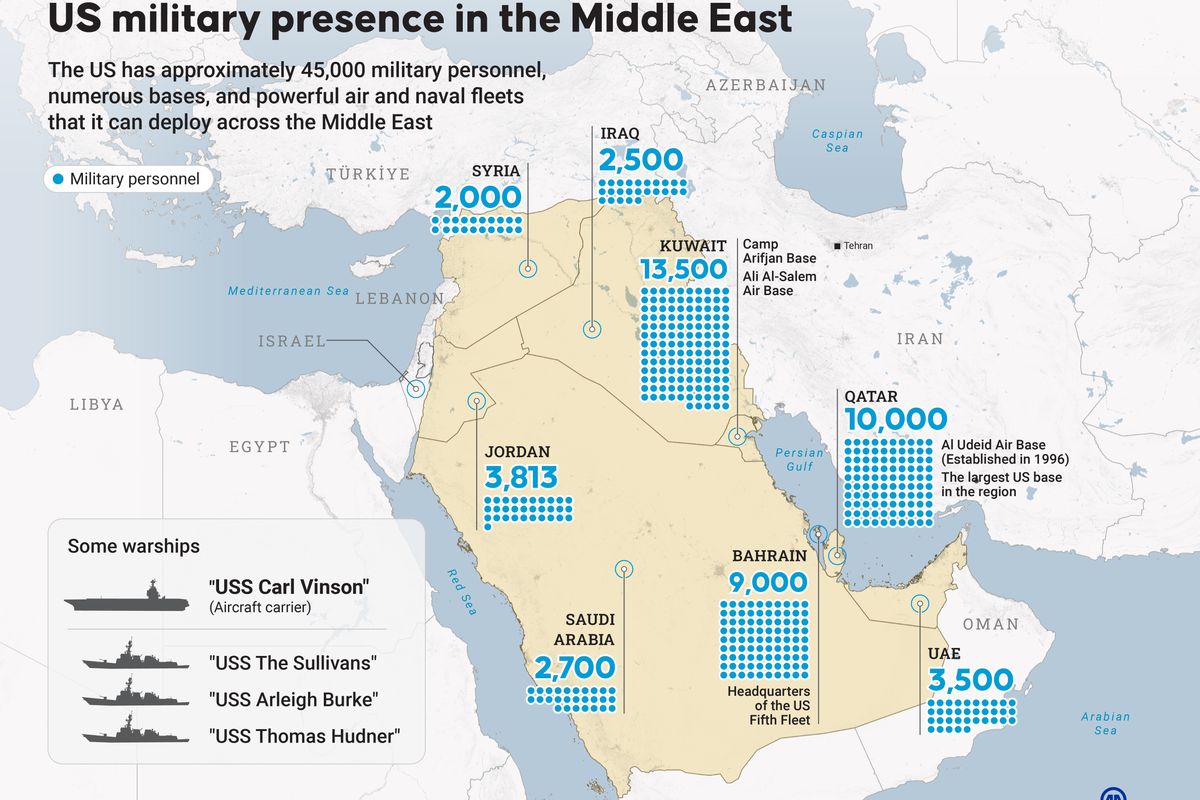Europe is facing its biggest refugee crisis since the second world war, with a large number of refugees coming from the Middle East, particularly Syria and Afghanistan. In September, the Cipher Brief spoke with Robert McKenzie – an expert on the Middle East and North Africa and refugee issues – about Europe's approach to the influx of Middle Eastern refugees and how it may affect stability.
The Cipher Brief: Europe is facing the biggest refugee crisis since WWII. Which countries do most refugees come from when they flee to Europe?
Robert McKenzie: The ten countries that most refugees are coming from are Syria, Afghanistan, Iraq, Kosovo, Albania, Pakistan, Eritrea, Nigeria, Iran, and Ukraine. But people coming from Kosovo, Albania, Nigeria, and Ukraine will have a lot of difficulty in demonstrating the strength of their asylum cases. You also have the situation in which some people are not even filing for asylum because they’re worried their cases will be rejected. This makes counting the number of people on the ground who are refugees very difficult.
TCB: A large number of refugees come from the Middle East. Are most of these refugees getting granted asylum?
RM: One important point here is that the term ‘refugee’ is often used loosely, when, in fact, people fleeing the Middle East and entering Europe are asylum seekers until their cases are processed. Every individual has to demonstrate his or her well-founded fear of persecution, and if he or she is unable to do that, the refugee application will be denied.
For example, someone coming from Syria has a 99 percent chance of his/her refugee application being recognized in Germany. Someone coming from Kosovo does not. Someone coming from Afghanistan has around a 55 percent chance of being recognized in Germany.
Every country is going to be different, but the point is that just because a person is coming from a war-torn country, it does not mean he or she will be granted refugee status.
This really complicates the situation on the ground because in terms of administration, there is an overwhelming amount of individuals applying for asylum. More than one million people (around 1.1 million) arrived in Germany last year. Sweden received 163,000 – that’s roughly two percent of the Swedish population. To put things in perspective, that would be the equivalent to the U.S. bringing in five million people in 2015. It’s an enormous number, and it’s a huge bureaucratic lift. For what it’s worth, the U.S. has formally resettled only 3.5 million refugees since 1975, and we’ve taken in 800,000 since 2001.
TCB: You mentioned 99 percent of refugees from Syria and 55 percent from Afghanistan are accepted as refugees by Germany. Are those numbers high, or are other European countries also accepting an equivalent amount?
RM: Fifty-five percent is not high in my mind, given what is going on in Afghanistan. It is not a stable, safe place. The fact that someone fleeing Afghanistan has a 50-50 chance of being accepted as a refugee is not great odds. My point is that if a person is coming from Syria, the odds of him being recognized as a refugee are very high. If it’s Afghanistan, it’s about 50 percent. If it’s Eritrea or Somalia, it’s less so. It really varies, depending on country of origin.
TCB: Brookings Institution has done some great work on cities and how they can help – and are indeed vital to helping – with the refugee issue. Can you talk a little about this and about how the private sector can play a role?
RM: Cities bear a huge burden in the refugee issue. Take Berlin, for example, where the city is housing a huge number of refugees. Berlin was overwhelmed with needing to provide housing to 90,000 new residents in less than a year. So, the city had to make do with what it had, like old rundown schools. The city also set up centers, and these places were supposed to be temporary shelter for two to five days of processing. But because Berlin didn’t have the ability to distribute people across the city quickly, these reception centers have become housing centers. So you have people living in schools and in balloon-like centers (think of an indoor driving range or indoor tennis courts) and these people come from all over the place: Eritrea, Ukraine, Syria, etc. Bureaucratically, this is an enormous lift for these cities and states that have already shown incredible generosity by opening their doors.
When we talk about integration, housing and education play a big part. But the number one thing that the private sector can do in the European context is hiring both skilled and non-skilled refugees. Jobs and apprenticeships are a major way the private sector can step up, which they are doing. But when we’re talking about Germany, for example, with 1.1 million people arriving last year, you can’t just create a million jobs.
TCB: A new OECD report (2016 International Migration Outlook) finds that “OECD countries need to address the growing anti-immigration backlash and reinforce migration and integration policies.” Obviously integration in the job place helps. Are there other ways in which countries can better integrate refugees?
RM: We’re seeing the failed policies of past play out across Europe right now in terms of integration. What Europeans are trying to avoid, in places like Germany, is the unintentional establishment of parallel societies, where there can be pockets of communities that are not integrated. This is easier said than done. One key issue is trying to integrate refugees, but on the other side, the issue is helping host communities understand who these refugees are, why they came, and that they are not a burden on society but can contribute in meaningful ways.
So in part, government and civil society have to engage at the city and grassroots levels to let host communities know why so many refugees are arriving. This is an issue in the U.S., frankly. People are largely uninformed about the number of refugees living in the U.S., and a number of governors have said they want the U.S. to suspend refugee resettlement because they’re worried about it. While those fears may be real, the facts are pretty clear: We’ve taken in 800,000 refugees since 9/11, and three of them have been arrested on terrorist charges—not for committing terrorist acts but for plotting. Both here and in Europe, I think there is a lot of fear.
Certainly post-9/11 and with the rise of the Islamic State (ISIS), these fears are justified to an extent. But many of the people coming from Syria are fleeing the horrific violence that both ISIS and the Assad regime are carrying out, they are not perpetrating violence.
Social integration is not only about housing, education, jobs, and healthcare. It’s also about trying to make sure people feel welcome, and that entails engaging not only refugees but also host communities.












